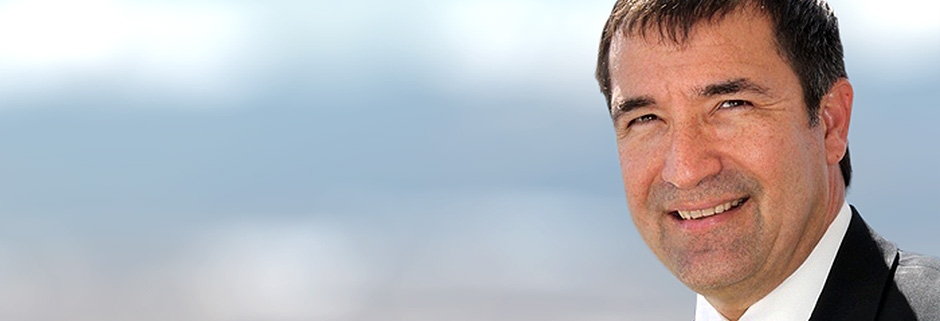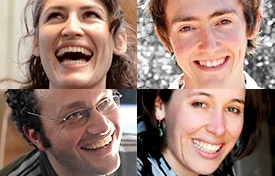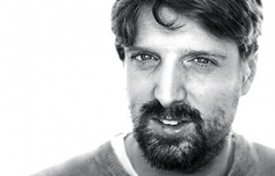Creating a Culture of Participation and Innovation at CEMEX

Gilberto Garcia, head of innovation at CEMEX, on transforming an entrenched organization and creating a culture of innovation
What does it mean to create a genuine culture of innovation and collaboration—one in which every single person in the organization is switched on, alive and awake to the changes in the world and ready to contribute their ideas, insights, and particular point of view? How do you lay out the welcome mat for new ideas—especially the dissenting ideas and the challenging people who have them? How do you defeat the drag of bureaucracy and the stifling control of hierarchy to unleash the best gifts of every single person in the organization, every day?
These are the kinds of questions the leaders of CEMEX, the $15 billion global cement and building materials company, were asking themselves in the after the financial crisis of 2008, when they might be forgiven for clamping down and focusing on efficiency and control above all. Instead, the question on the table was: how do we increase collaboration, openness, and inventiveness across a company of some 47,000 employees across 100 countries? How do we open up the creative and strategic arena to everyone in the organization from the plant floor to the sales organization to the scientists to the builders? How do we make everyone part of the conversation about where CEMEX is headed?
The answer? A collaborative platform with all the elements of the best social networks—wikis, blogs, discussion boards, RSS, tagging, jams, real-time collaboration tools—called SHIFT. But SHIFT wasn’t just about creating a social network—it was designed to activate communities of passion around key priorities (from sustainability to what it means to be a 21st century construction company).
SHIFT’s rules of play: 1) every community is open to every employee—you just have to explain why you’re interested in contributing; 2) each community is sponsored by a business executive who represents it in the “formal” organization and a technology executive who acts as a steward of the interaction and outcomes; and 3) once a community reaches critical mass, it becomes responsible for defining its mission, creating a long-term plan, and putting it into action.
The idea: engage the entire company in conversation, debate, and invention around key strategic issues. And, in the process, close the gap between geography, function, generation, and levels of the organization. The result has been a burst of ingenuity, sharing of ideas and best practices, and a rapid iteration on those practices.
CEMEX launched SHIFT with 2,000 members in April 2010. Participation grew to 20,000 employees one year later. Today, just about everybody in the organization participates in the conversation via SHIFT. In the process, some 450 grassroots communities have emerged beyond those originally defined by SHIFT’s designers (from a group of electricians to a health and safety community).
The company has seen rapid development of new products, a dramatic reduction in time to market and slashed costs when it comes to travel, research, and testing. But the most important benefit is less tangible. As Gilberto Garcia, CEMEX’s head of innovation and one of the drivers of SHIFT, puts it: cross-company collaboration has become CEMEX’s default mode of getting things done. What’s more, the energy of SHIFT has translated into increased engagement across the board—individual employees are tremendously motivated by their new connections, visibility, and impact in the organization.
The journey is just beginning for CEMEX. Gilberto Garcia joined us for a Maverick Hangout to talk about SHIFT 2.0, the evolution of the platform, what it means to turn a traditional company into a truly social organization, how you cultivate a vibrant culture of innovation, and most important, how you switch on every last person in the organization.








You need to register in order to submit a comment.